Table of Contents
Running a successful Shopify store is about more than just having great products. Even small technical glitches and design flaws can quietly eat away at your conversion rates, causing potential customers to leave before they even think about adding items to their cart.
After diving into hundreds of Shopify stores, we've pinpointed five major mistakes that consistently hurt sales performance. The silver lining? These problems are totally fixable with the right strategies.
1. Poor Mobile Experience That Drives Customers Away
The Problem
Did you know that over 70% of ecommerce traffic comes from mobile devices? Yet, many Shopify stores still offer a less-than-stellar mobile experience. Common culprits include tiny buttons, text that's hard to read, slow loading times, and checkout processes that feel clunky on smartphones.
How It's Costing You Sales
If customers find it tough to navigate your mobile site, they’ll likely bounce in seconds. According to Google, 53% of mobile users abandon a site that takes longer than 3 seconds to load.
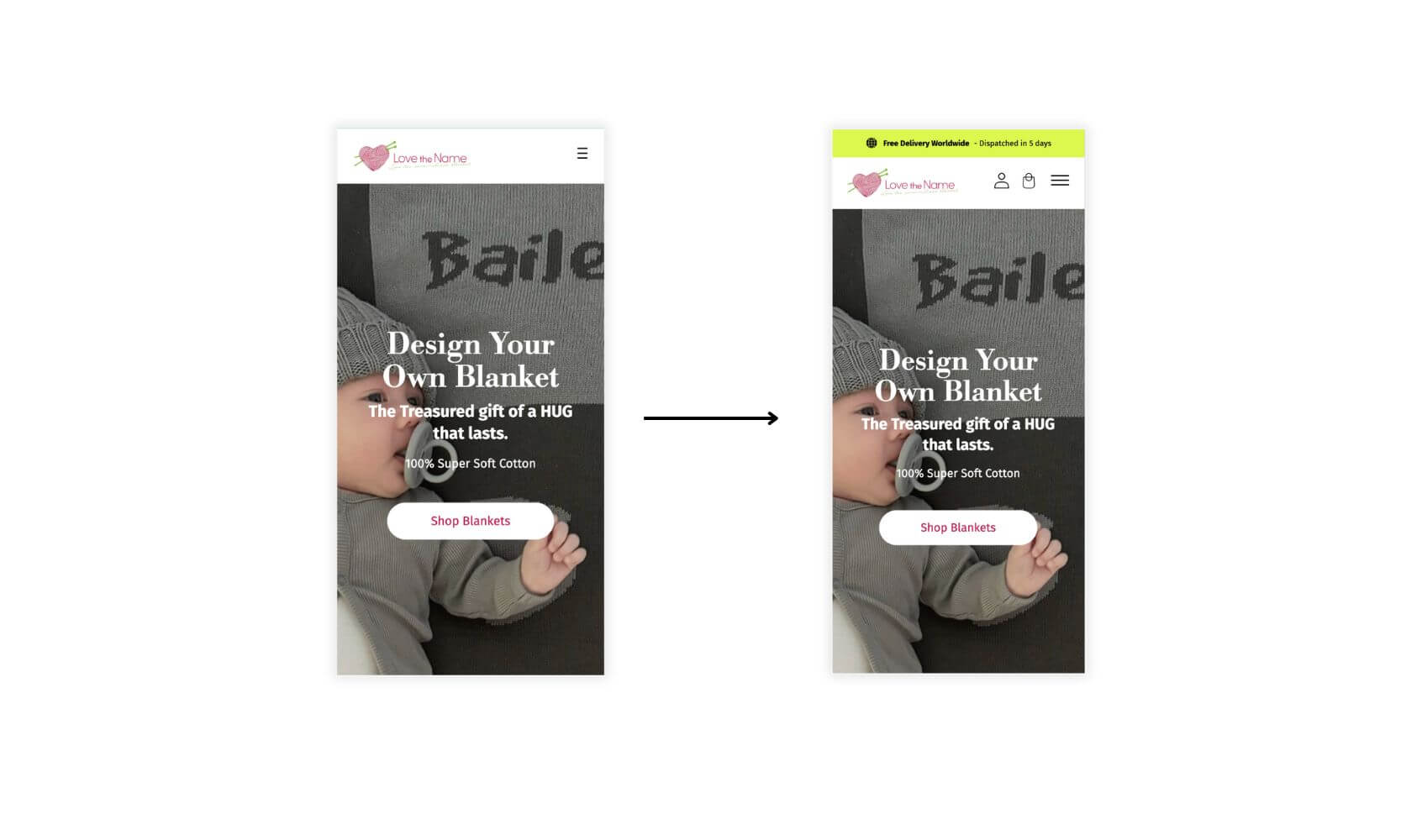
The Fix
- Regularly test your store on various mobile devices
- Make sure all buttons are at least 44px in size for easy tapping
- Optimize images for mobile viewing without losing quality
- Use Shopify's mobile-first themes or tweak your current theme for better mobile responsiveness
- Activate mobile-specific features like one-click checkout and mobile wallet payments
Quick Win
Check out Google's Mobile-Friendly Test tool to spot immediate mobile issues on your store.
2. Slow Loading Speeds That Kill Conversions
The Problem
Page speed plays a crucial role in user experience and search engine rankings. Unfortunately, many Shopify stores inadvertently slow down their websites due to oversized images, too many apps, or themes that aren’t optimized.
How It's Costing You Sales
Did you know that for every extra second your site takes to load, conversion rates can drop by about 7%? If your store takes 5 seconds to load instead of just 2, you might be missing out on nearly 21% of potential sales.
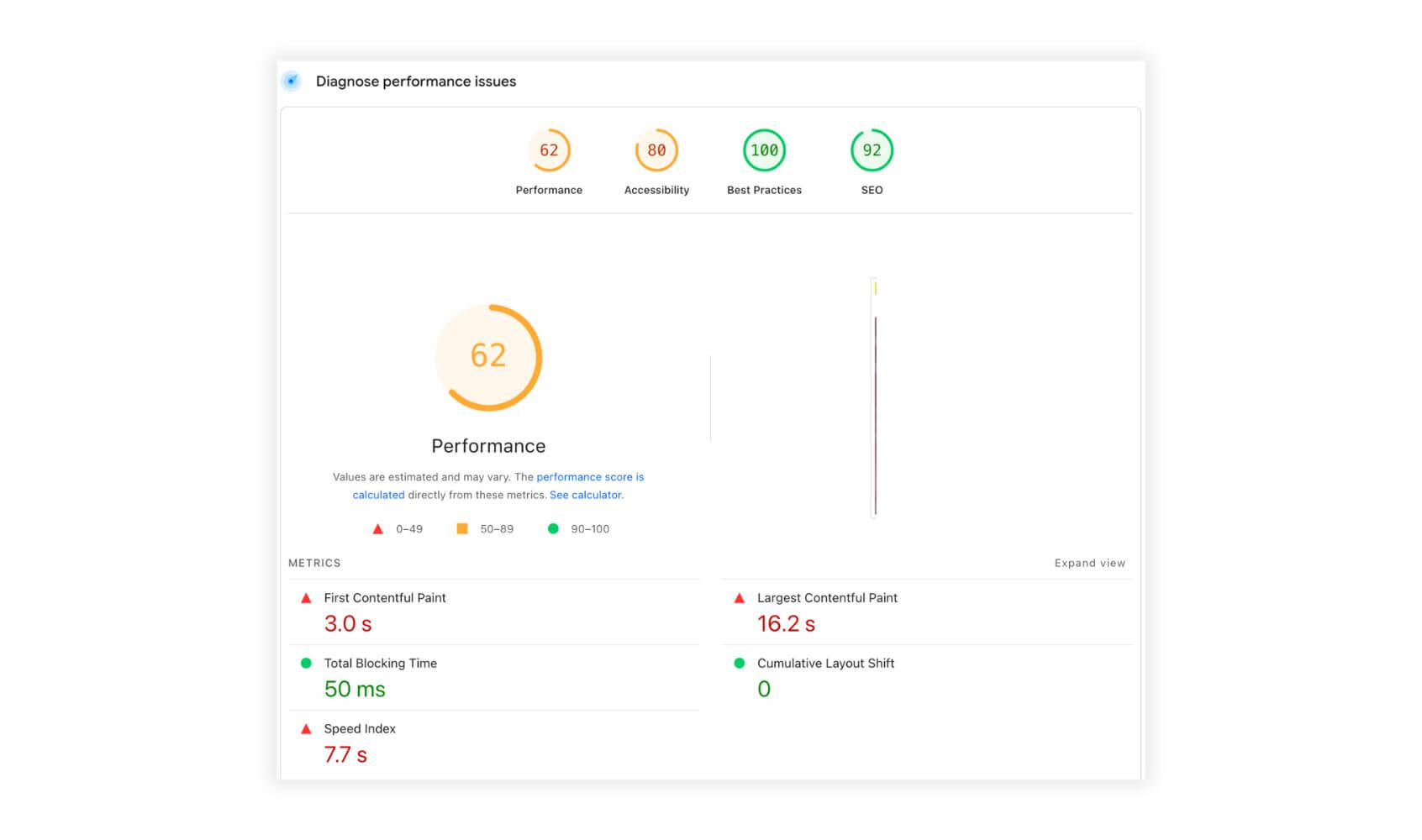
The Fix
- Use tools like TinyPNG or Shopify's built-in image optimization to compress all product images.
- Review your installed apps and get rid of any that aren’t absolutely necessary.
- Opt for a lightweight, speed-optimized theme.
- Enable browser caching in your theme settings.
- Take advantage of Shopify's built-in CDN to deliver images faster around the globe.
- Limit the use of custom fonts and heavy design elements.
Quick Win
Run your store through Google PageSpeed Insights and tackle the top 3 recommended improvements right away!
3. Confusing Navigation That Frustrates Shoppers
The Problem
When your menus are too complicated, category names are unclear, and search features are lacking, it becomes a real challenge for customers to find what they want. If shopping feels like a chore, they’re likely to leave without making a purchase.
How It's Costing You Sales
If customers struggle to locate products, they simply won’t buy them. Complicated navigation leads to higher bounce rates and less time spent on your site.
The Fix
- Streamline your main navigation to just 5-7 clear categories at most.
- Choose descriptive, customer-friendly names for categories instead of using industry jargon.
- Add a prominent search bar with autocomplete to make finding items easier.
- Incorporate breadcrumb navigation so users can see where they are in the site.
- Provide clear filtering options for product collections.
- Feature a "Popular" or "Best Sellers" section for quick and easy discovery.
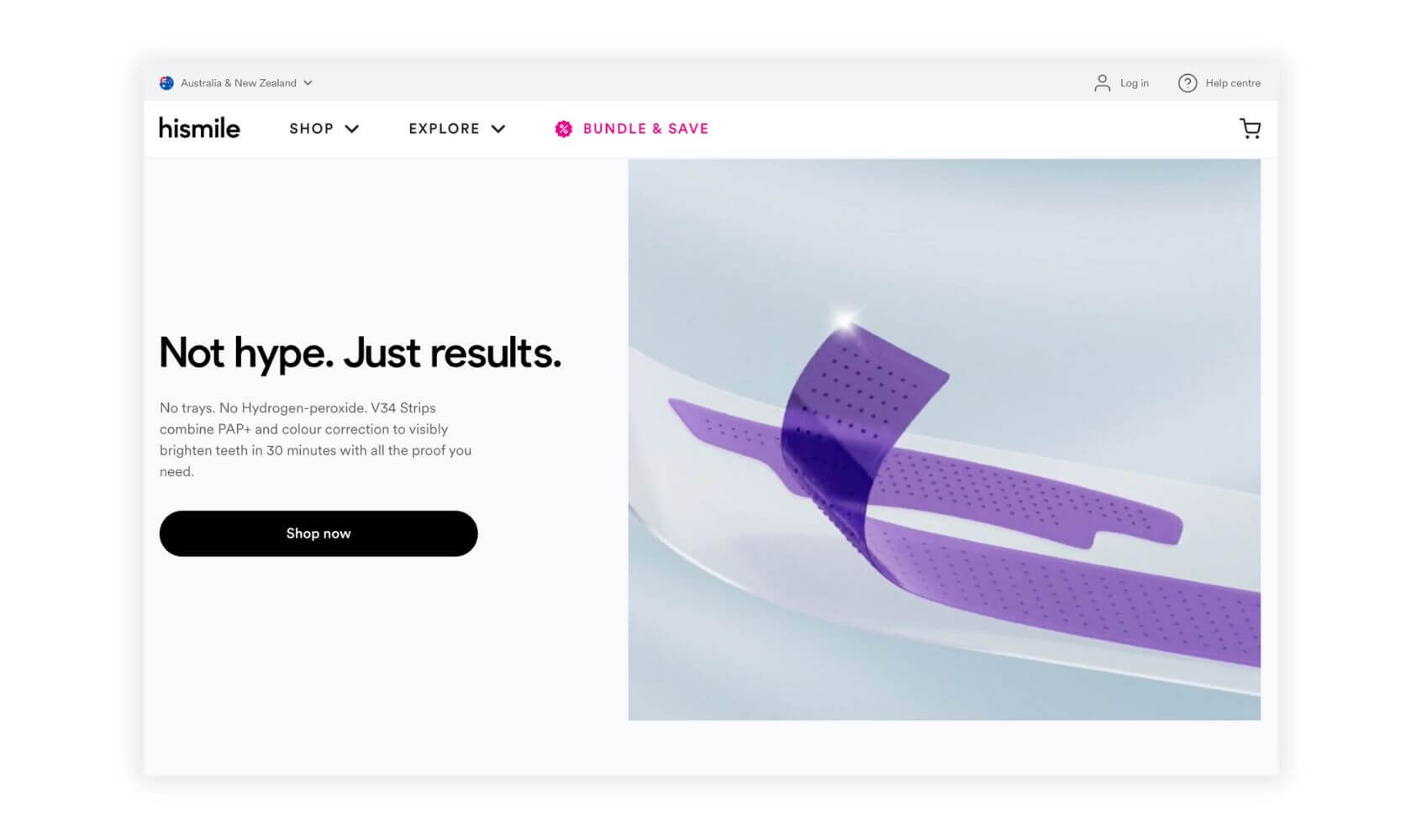
Quick Win
Try a quick 5-minute navigation test with someone who’s never visited your store before and see where they get stuck.
4. Weak Product Pages That Don't Convert
The Problem
When product pages are filled with low-quality images, lack essential information, have weak descriptions, and miss out on social proof, they struggle to instill the confidence customers need to hit that buy button.
How It's Costing You Sales
Your product page is the crucial point where customers decide whether to buy. If it doesn’t address their questions or foster trust, even those who are interested will likely bounce without making a purchase. Top Shopify experts agree that incorporating genuine customer reviews and testimonials is one of the quickest ways to build trust and enhance conversions. Many stores have reported a 20-30% boost in sales after adding effective social proof.
The Fix
- Use high-quality images from various angles, and don’t forget the zoom feature!
- Include at least one lifestyle image that shows the product in action.
- Craft detailed product descriptions that highlight benefits, not just features.
- Prominently display customer reviews and ratings.
- Provide size guides, care instructions, and shipping details.
- Use urgency indicators like stock levels when it makes sense.
- Suggest related products to help increase the average order value.
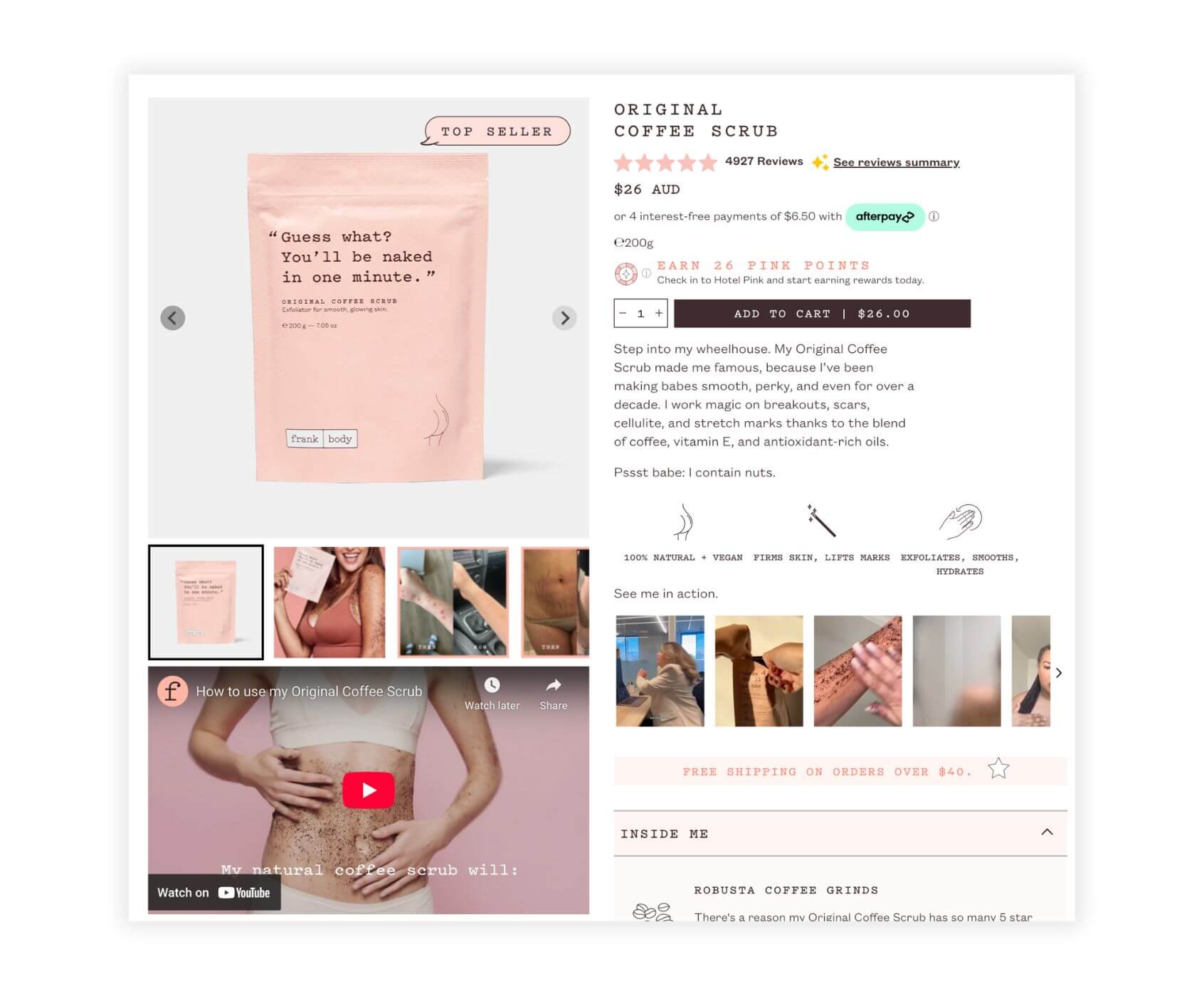
Quick Win
Start by adding customer reviews to your product pages using Shopify's built-in review system or a reliable review app.
5. Complicated Checkout Process That Causes Cart Abandonment
The Problem
Lengthy checkout processes, surprise fees, limited payment options, and the requirement to create an account can really frustrate customers, leading them to abandon their carts right at the finish line.
How It's Costing You Sales
Did you know that nearly 70% of carts are abandoned? A complicated checkout process is one of the main culprits behind customers walking away without finalizing their purchase.
The Fix
- Activate Shopify's one-page checkout for quicker transactions
- Allow guest checkouts so customers don’t have to create an account
- Offer a variety of payment options, including digital wallets like Apple Pay and Google Pay
- Include trust badges and security indicators near the payment fields
- Send out abandoned cart recovery emails with incentives to encourage completion
- Optimize the checkout experience for mobile devices with large, easy-to-click buttons
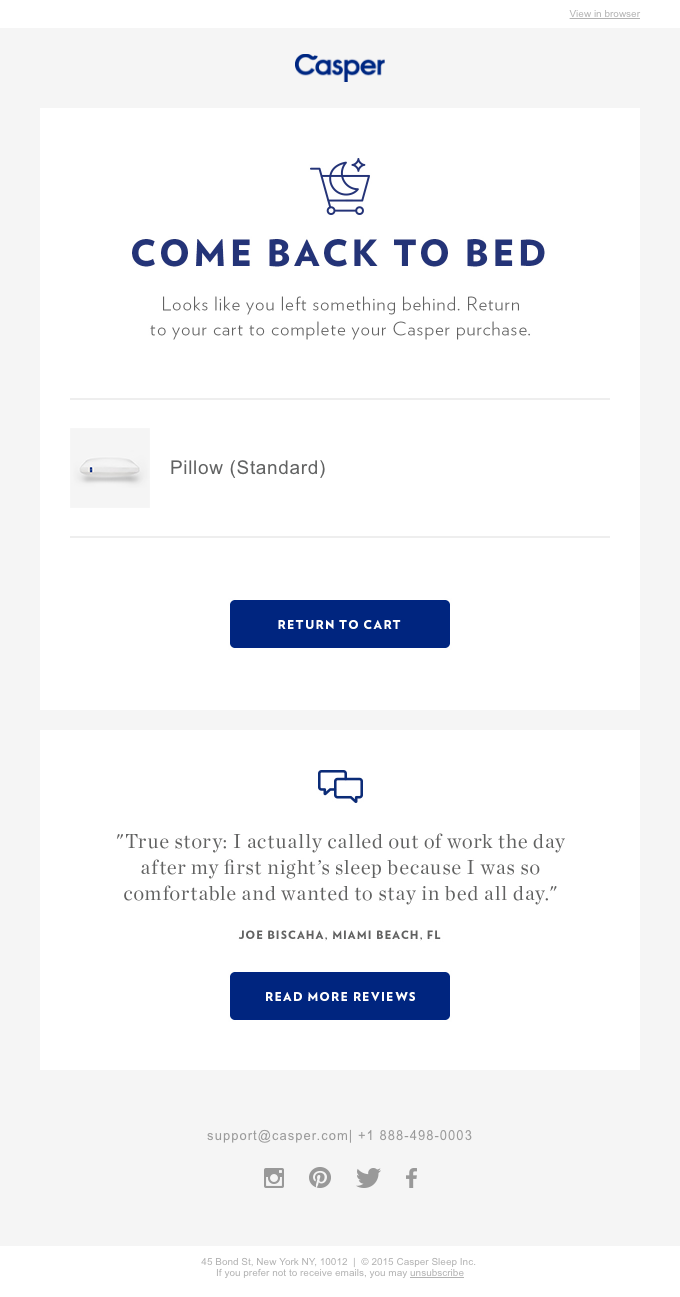
Quick Win
Implement express checkout options like Shop Pay, Apple Pay, and Google Pay to instantly reduce checkout friction.
Measuring Your Success
Once you've made those adjustments, keep an eye on these key metrics to see how you're doing:
- Page load speed (try to keep it under 3 seconds)
- Mobile traffic conversion rate (ideally within 10% of desktop)
- Bounce rate (the lower, the better)
- Average session duration (longer means better engagement)
- Cart abandonment rate (the industry average is around 69.8%)
- Conversion rate (Shopify's average falls between 1.4% and 3.2%)
References
Mobile Traffic Statistics:
- Over 70% of ecommerce traffic comes from mobile devices - Outerbox Design (2025)
Mobile Speed Research:
- 53% of mobile users abandon a page if it takes more than three seconds to load - Pingdom (2021)
Page Speed and Conversion Impact:
- A 1 second delay in page load time can cause conversion rates to drop by 7% - Huckabuy (2024)
Cart Abandonment Statistics:
- The average cart abandonment rate is 70.19% - Baymard Institute (2025)
Shopify Conversion Rate Benchmarks:
- Shopify average conversion rate is 1.4% - Uptek (2025)